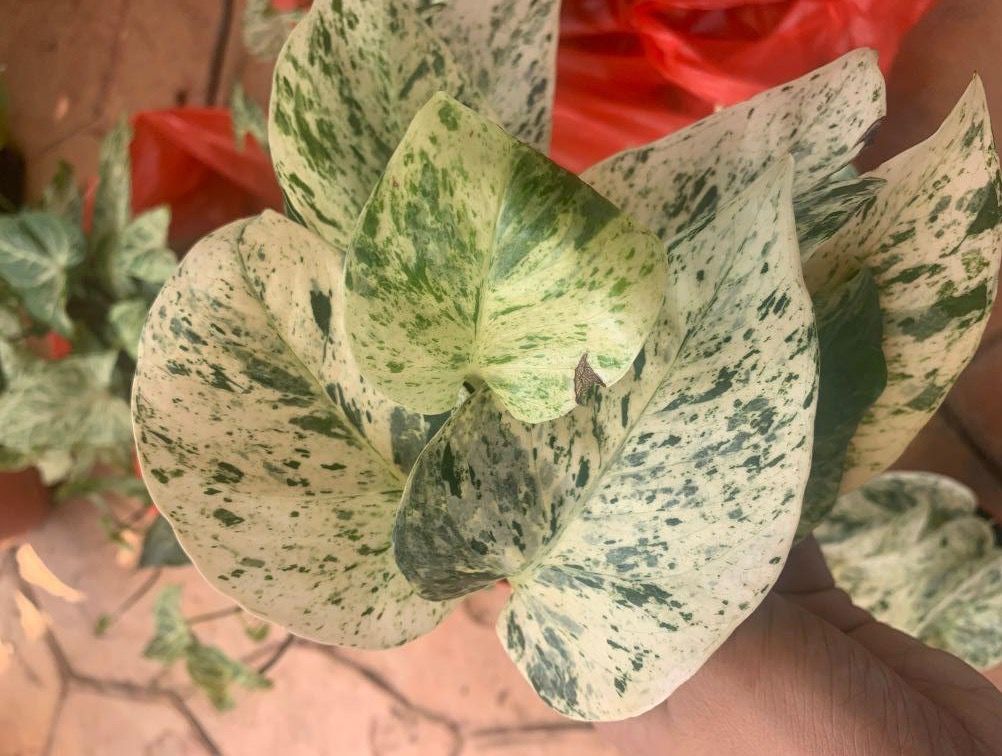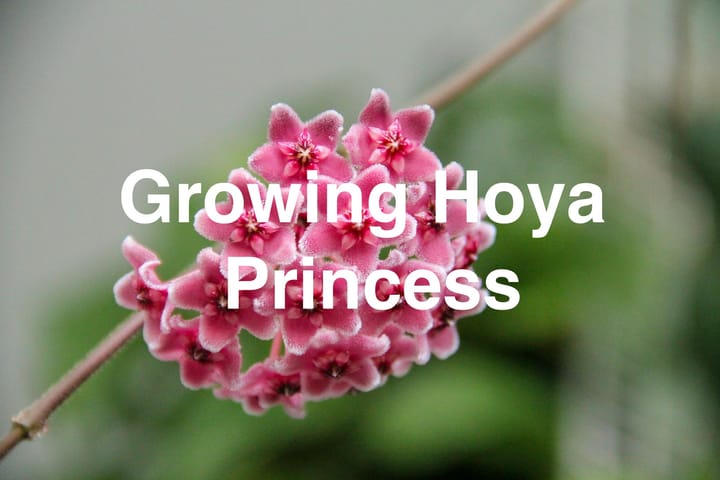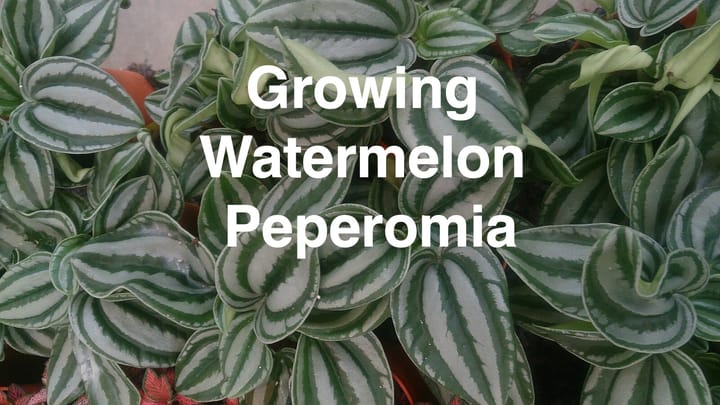How to Grow Snow Queen Pothos
Snow Queen Pothos is a popular houseplant known for its attractive white and green variegated leaves.

Table of Contents
This hardy plant is easy to care for, making it an ideal choice for new and experienced indoor gardeners.
Providing the right soil mix, water, and light conditions is essential to grow a thriving Snow Queen Pothos.
A mixture of ⅓ orchid bark mix, ⅓ perlite or pumice, and ⅓ indoor potting soil is recommended for optimal growth.
About Snow Queen
The Snow Queen Pothos, with the botanical name Epipremnum aureum, is a common tropical houseplant known for its stunning variegated foliage and heart-shaped leaves.
This beautiful plant belongs to the Araceae family and is native to Asia, thriving in tropical conditions.
As a versatile vine, the Snow Queen Pothos is known for its vibrant green and white variegation, which adds visual interest to any space.
The plant can adapt to various conditions, making it the perfect addition to a beginner's indoor garden or as an outdoor ground covering in warmer climates (US Zones 10 and 11).
Growing Snow Queen
Choose a container or planter with proper drainage holes to plant your Snow Queen Pothos.
Fill it with an indoor potting mix of ⅓ orchid bark mix, ⅓ perlite or pumice, and ⅓ indoor potting soil.
Place your Snow Queen Pothos in a location with partial shade or indirect sunlight, as this vine thrives in these conditions.
During spring and summer growing months, ensure your indoor plant receives appropriate care, which includes proper watering, temperature, and humidity levels.
These steps will set the stage for a healthy and vibrant Snow Queen Pothos.

Caring for Snow Queen
Sun and Temperature
Snow Queen Pothos thrives in partial shade or indirect sunlight. Keep your plant in an environment with temperatures between 65°F and 80°F.
Water and Humidity
Allow the top half of the soil to dry out before watering your Snow Queen.
It can tolerate average household humidity levels, but misting leaves or using a humidity tray can provide added moisture.

Soil
Use a well-draining soil mixture with a pH of 6.1 to 6.5 for optimal growth.
Combining two-part soil and one-part perlite is an effective blend for Snow Queen and many indoor plants.
Fertilizer
Feed your plant with balanced liquid fertilizer monthly during the growing season. This will ensure healthy growth and vibrant foliage.
Repotting
When your Snow Queen Pothos becomes root-bound or outgrows its current pot, transfer it to a larger container with fresh, well-draining potting mix.
Be sure to gently loosen the root ball when repotting to encourage new root growth.
Pruning and Propagation
Regularly prune your Pothos to maintain the desired shape and size.
To propagate, take stem cuttings with at least one healthy leaf and place them in water or moist soil, allowing new roots to form before transplanting to a pot.
Troubleshooting Plant Problems
Growing Problems
Yellow or browning leaves can be due to overwatering. Allow the soil to dry out slightly before watering your Snow Queen Pothos again.
Curling leaves and loss of variegation may indicate inadequate lighting or temperature changes.
Ensure the plant receives bright, indirect light and maintains a consistent temperature.
Root rot is another issue that can arise from overwatering.
If you suspect root rot, remove the plant from its pot, trim away the affected roots, and repot using well-draining soil.

Pests and Diseases
Several common pests can affect Snow Queen Pothos plants:
- Mealybugs: Small, white, cotton-like insects that usually appear in clusters. Remove them manually or use an insecticidal soap to treat the infestation.
- Thrips: Tiny, elongated insects that can cause leaf damage and discoloration. Control these insects by spraying your plant with neem oil or insecticidal soap.
- Scale insects: Hard-shelled, flat bugs attached to the plant's leaves or stems. Remove them manually with a cotton swab dipped in rubbing alcohol, or use an insecticidal soap.
Keep an eye on any disease symptoms, such as discolored or wilting leaves, and treat the plant accordingly by removing affected parts and adjusting care conditions.
Companion Planting
Companion planting with other low-maintenance houseplants can create a pleasing and diverse display.

Consider pairing your Snow Queen Pothos with plants that thrive in similar conditions, such as the snake plant (Sansevieria), ZZ plant (Zamioculcas zamiifolia), or heartleaf philodendron (Philodendron hederaceum).
Remember to monitor each plant's needs, as their care requirements may differ slightly.
Conclusion
Snow Queen Pothos is not only an attractive trailing plant, but it also serves as a natural air purifier, making it an ideal choice for indoor spaces.
While native to tropical regions, it thrives indoors as a hardy houseplant, tolerating average room temperatures and humidity levels.
Caring for your Snow Queen Pothos involves proper water, light, and soil balance.
Ensure proper drainage to prevent root rot, and choose a well-lit area away from direct sunlight.
Regular pruning encourages bushiness and maintains the appealing variegation of the foliage.
You can enjoy this low-maintenance tropical gem's cascading stems and vibrant leaves with proper care.
Frequently Asked Questions
What is the best way to propagate Snow Queen Pothos?
Take stem cuttings with 4 to 6 leaves to propagate Snow Queen Pothos. Place the cuttings in water, submerging at least one node.
Roots will grow from the submerged nodes, and once they're approximately an inch long, you can transfer the cuttings to the soil for further growth.
How can I make my Snow Queen Pothos grow faster?
To encourage faster growth in your Snow Queen Pothos, provide bright, indirect light and maintain consistent conditions.
Regular fertilization with a balanced liquid fertilizer during the growing season can promote quicker growth.
Is Snow Queen Pothos easy to care for?
Snow Queen Pothos are easy to care for, making them perfect for beginner plant owners.
These low-maintenance plants are adaptable to various light conditions and require moderate watering and occasional fertilization.
How do you care for a Snow Queen Pothos?
To care for a Snow Queen Pothos, maintain a well-draining soil and water it when the top inch of soil feels dry.
Providing bright, indirect light and a temperature range of 65-85°F (18-29°C) will help promote healthy growth.
Regularly fertilize the plant during the growing season to support optimal growth and vibrant foliage.
What is the ideal soil mix for Snow Queen Pothos?
The ideal soil mix for Snow Queen Pothos consists of equal parts peat moss, perlite, and general potting soil.
This mix ensures proper drainage and aeration, creating a suitable environment for robust root development.
What light conditions do Snow Queen Pothos prefer?
Snow Queen Pothos prefer bright, indirect light to maintain their distinct variegation.
An eastern-facing window is ideal, as it provides morning sunlight, less intense than midday or afternoon sunlight.
However, these plants can also adapt to lower light conditions if needed.



